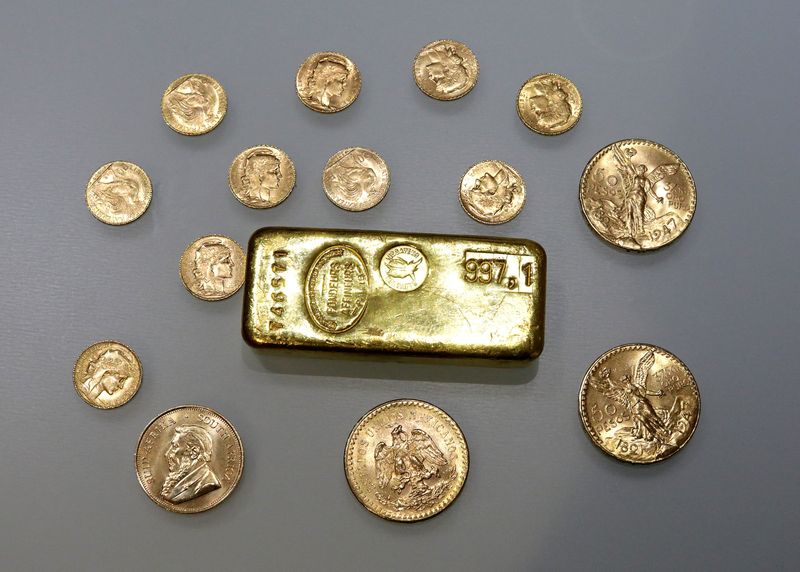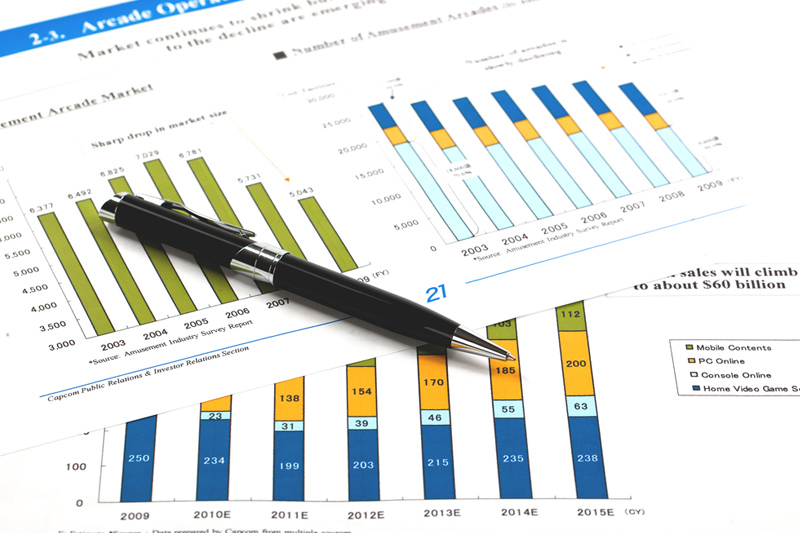By Chris Taylor
NEW YORK (Reuters) – Which asset class do millennials and Gen Z investors both want to own?
Here’s an answer you might not have guessed: Gold.
Of wealthy investors under the age of 43, 45% own gold as a physical asset, and another 45% are interested in holding it, according to a recent survey by Bank of America Private Bank.
These are much higher percentages than other age groups.
Typically, this demographic isn’t interested in assets like gold, cash or government bonds because they’re considered “boring,” says Liz Young Thomas, head of investment strategy at digital financial services firm SoFi (NASDAQ:).
“As government bond yields rise, cash pays a high interest rate, and gold rises along with it. We’re seeing returns that we wouldn’t normally see in such a short period of time,” says Thomas. “When assets deliver strong returns, the younger crowd obviously starts to perk up.”
This confirms another survey of money managers State Street (NYSE:), showing that millennials have the highest allocation to gold in their portfolios at 17%, easily surpassing both boomers and Gen X at 10%.
So what’s going on? Why are younger investors so intrigued by a somewhat stodgy asset class that has been around for thousands of years?
Part of gold’s renewed buzz is its healthy spot price, which at the time of writing is above $2,400 per ounce.
It is also increasingly on the shelves in popular retail environments, which increases visibility. Big-box chain Costco (NASDAQ:) started selling 1-oz gold bars last fall and is doing brisk business of up to $200 million a month, according to Wells Fargo estimates.
Now that the interest of younger investors has been piqued, what golden rules should they keep in mind? A few thoughts from the experts:
OWNING PHYSICAL GOLD CAN BE DIFFICULT
Part of the appeal of gold is that it is tangible. If the world’s financial system goes haywire, or the currencies collapse, at least you have something real to hold on to.
“I’ve found with my millennial clients that as they become wealthier, they are more interested in investing in directly held, self-custody gold,” says Eric Amzalag, a financial planner in Canoga Park, California, whose clients tend to invest online precious metals retailer to use APMEX. That’s because investment goals often shift from growth to capital preservation, Amzalag adds.
With physical gold you have unique challenges, such as: finding a reputable dealer who won’t take advantage of you; have it delivered and stored safely; insuring your purchase; And then figure out how to eventually sell it, since Costco has no intention of buying that gold bar back from you.
To protect your portfolio, check out this advice guide from the World Gold Council.
CONSIDER ETFS
An exchange-traded fund – either backed by physical gold or an investable fund – removes the hassle of buying, storing and selling. It also makes asset exposure relatively easy.
“There are some costs involved, but ETFs are a good alternative if you don’t want to actually take delivery of precious metals and store them in your basement,” says SoFi’s Thomas.
The largest such ETF, SPDR Gold Shares (NYSE:), has an expense ratio of 0.4% and a one-year return of more than 23%. A similar approach is to buy an ETF composed of mining stocks, such as VanEck Gold Miners (GDX (NYSE:)), which includes the biggest names in the sector, such as Newmont Corp. and Barrick Gold (NYSE:).
DO NOT OVERBID WHEN ALLOCATING
Gold can certainly serve a purpose in a portfolio, as an uncorrelated asset and a potential hedge against inflation or volatility. But as a commodity it can also be quite volatile and fall in and out of favor with investors.
As such, stocks should still be the top portfolio for most investors, experts say. Companies that generate revenue, earn profits, pay dividends and offer potential price appreciation make for a more dynamic asset class with superior long-term returns.

As for gold, younger investors can hold it as a side dish, says Jonathan Cameron, a financial planner in Miami.
“We work with a lot of young professionals, and we have been including a gold ETF (about 5%) in many of our clients’ portfolios as a hedge for several years,” says Cameron. “Everyone likes this decision.”


